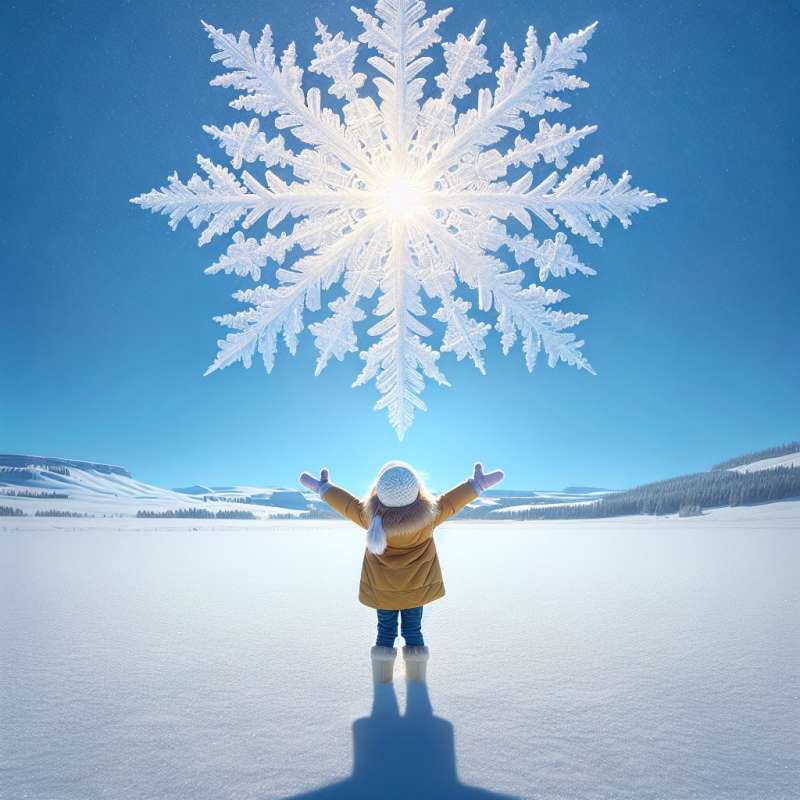
Defining Snow Precisely
Snow is precipitation in the form of ice crystals. It originates from clouds when temperatures are below the freezing point and water vapor turns directly into ice without becoming liquid first.
Types of Snowflakes
Snowflakes aren't only unique; they come in different shapes. Common types include stellar dendrites, hollow columns, triangular crystals, and needle-like forms. Temperature and humidity during formation influence their shape.
Color of Snow
Surprisingly, snow isn't pure white. It's translucent, but light scattering by the crystal facets gives it a white appearance. Under certain conditions, snow can also appear blue or pink, known as 'watermelon snow'.
Snow's Insulating Properties
Snow is an excellent insulator, thanks to its composition of up to 95% trapped air. This property allows animals to survive in 'snow caves' with a relatively stable temperature, despite frigid outside conditions.
Acoustics of Snow
Fresh snow absorbs sound waves, creating a hushed, tranquil environment after a snowfall. This is due to the porous structure and space between snowflakes, which dampens vibration and reduces sound.
Snow on Other Planets
Earth isn't the only planet with snow. Mars has dry ice (carbon dioxide) snowfalls, and Venus has metallic snow. Jupiter and Saturn's moons may even have snow composed of ammonia.
The Largest Snowflake
According to reports from 1887, the largest snowflake ever recorded was a whopping 15 inches wide! It fell in Fort Keogh, Montana, and has yet to be surpassed in size.Snowflakes in Space
In 2015, the Rosetta spacecraft discovered water-ice snowflakes on comet 67P, proving snowflakes can form in the vacuum of space.
What is snow?
Frozen raindrops
Ice crystals from clouds
White-colored rain
Company